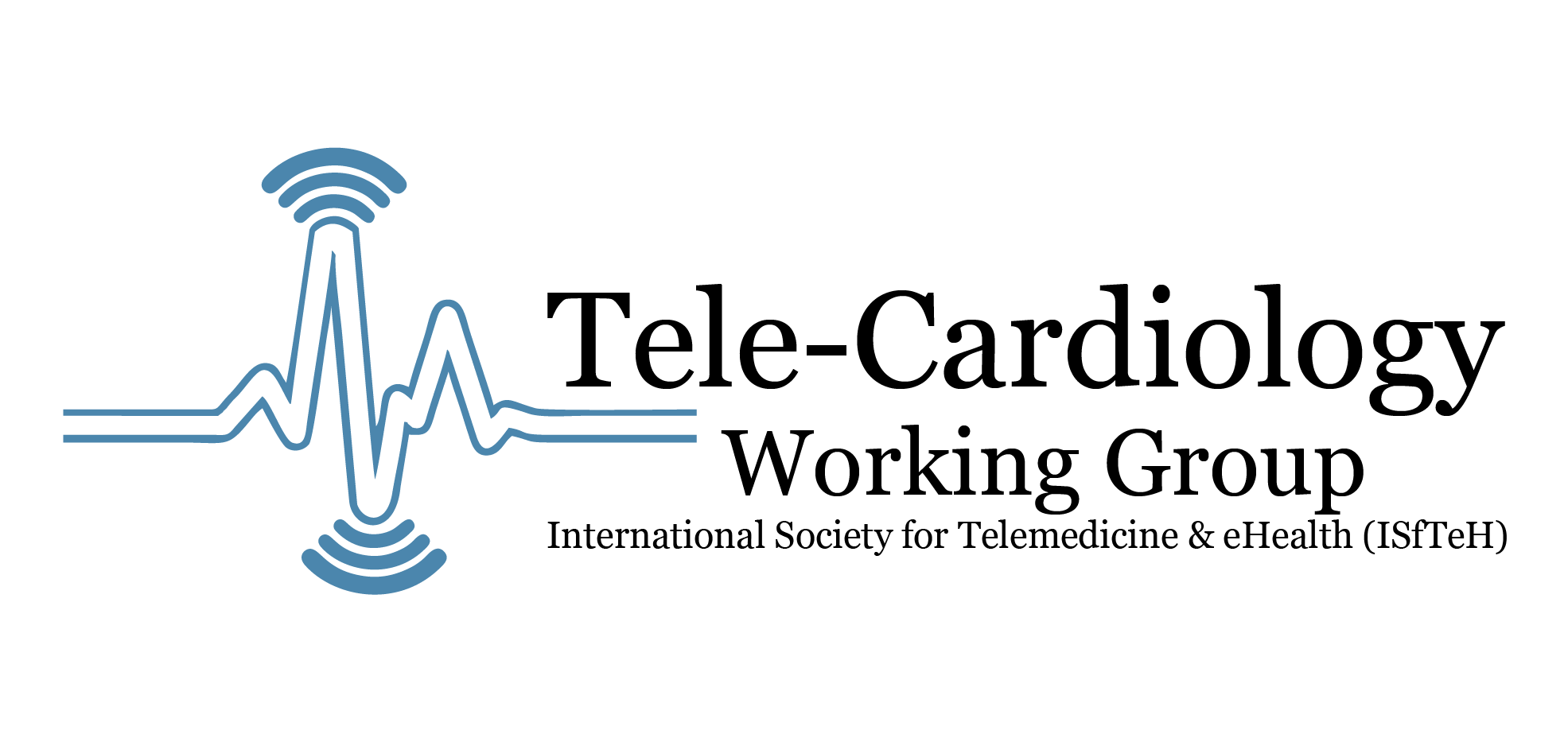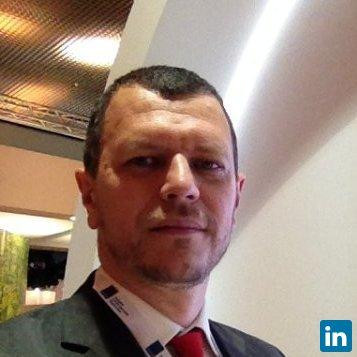By
Dr. Ion -Gheorghe PETROVAI
igpetrovai@freshblood.ro
Project Manager
FreshBlood HealthTech Community
“If you wanna go fast, go alone,
If you wanna go far, go together”
Masai Proverb
After an extensive career in some of the most known pharmaceutical companies I decided to develop my own projects in the healthcare field, and at the same time I discovered the start-up world. One of my projects is the building of the FreshBlood Community – a HealthTech Community based in Transylvania – Romania, that we are now growing at national and international level and through which we are connecting with all healthcare innovators and healthcare startups across Romania.
The startups have become a little bit the “Holy Grail” of the tech world and many people see them as a new and valuable way of doing business and changing the world. And we are obviously interacting with them all day in our personal and more and more professional life. We have therefore Facebook, Twitter, Youtube that have all started as startups and impact us daily, and in the medical field Figure1 (https://figure1.com), Sermo (http://www.sermo.com/) and Babylon Health (http://www.babylonhealth.com) begin to redefine the way that the doctors communicate, collaborate or do their jobs. As doctors, we probably understand what it takes to research and to win a Nobel prize, however the world of technical innovation is still very strange for us.
I want to share with you the discovery of a method that teaches innovation in the medical devices field, a method that I had the chance to discover in 2017 through http://www.eithealth.eu, an extraordinary resource for all those that are thinking about innovating in healthcare. By attending the Starship Healthcare Innovation Fellowship https://www.starship.eithealth.eu/starship-2017/ during 2017, we used the proven Stanford Biodesign Method, defined in 2001 at Stanford through a collaboration between the Medical, Technical and Business schools. http://biodesign.stanford.edu/. You can find on the sites the details of the 2 programs, but I wanted to share my personal experience on each step of the innovation process.
It is important that in most of the cases innovation in healthcare requires different and quite remote skills, the Stanford BioDesign recommending a mixed team made of medical(scientifical)/technical (IT)/Business/design (user experience) competences.
The program flow is the one below:
(image from: http://biodesign.stanford.edu/about-us/process.html)
Let’s take things step by step…
Steps 1&2: Needs finding and screening (mostly medical). Most of us hear stories about how people have a million/a billion dollars idea, or how something is absolutely selling itself, however what they did in most of cases was to see a need that was so important/painful that a solution would not be appreciated but also bought and used. For us in the medical field it is very important that doctors are trying to keep a balance between something essential/lifesaving/protocol required and something that would be a nice to have, that they would like, but this is usually not enough to drive usage/purchase. In any given medical environment we would see many things missing, being sought, however it is important to screen those worth approaching and valuable enough for the decision makers/stakeholders. For example, most doctors would complain about the number of papers that they have to fill, and not about the errors that this burden can create, especially if the errors have negligible immediate consequences.
Steps 3&4: Concept generation and screening (tech and design gets involved). After focusing on several needs to be satisfied it is now the time to explore several different solutions to the same problem. Over time the medical teaching led us to a clear path where we know that some solutions seem better that others, but there still are situations where the prioritisation is not always clear. As medical innovators we must keep an open mind when searching for and selecting what seems the most adequate solution, and it would be recommended to go further with several options, since the way to implementation can be very often complex and expensive, and some proposals would reveal themselves not feasible (regulations can be an especially complicated burden). For example a new algorythm that would improve prediction of a cardiac event would need to run on existing machines and be validated in a clinical trial large enough to allow guidelines support.
Steps 5&6: Strategy development and business planning (business gets involved). We might think that when we find the most appropriate solution the job is done, but the medical innovation is only adopted once it finds a place in the context and medical practice. This requires the context and stakeholders understanding and preparation, and we must explain how anyone involved is going to benefit financially, either gaining more or losing less money, or even better, both. The collaboration of a business person is essential here in order to gain both a deeper understanding of value transfers and propose a solution that could be embraced and used extensively once it is validated. Sometimes extensive time is needed to allow the potential customers to become familiar with the idea, hence the importance of communicating early on, sometimes only on concepts. For example, a new surgical suture would need time, trust and clear benefits to be embraced by surgeons.
As a general conclusion for anybody interested in the healthcare innovation (most of the people reading this newsletter) this can be taught, it is taught already for almost 2 decades and it begins to have an impact, both by the number of people that have been trained and by the number of startups that have been funded and products launched. Healthcare innovation remains a difficult endeavour, but for those interested there is now guidance and perspective, if they chose to collaborate.
So give yourself a chance to innovate! We will return with new healthcare innovation stories in the following newsletter.
For those that are interested to find out more here is the textbook used during the program: https://www.amazon.com/Biodesign-Process-Innovating-Medical-Technologies/dp/0521517427

